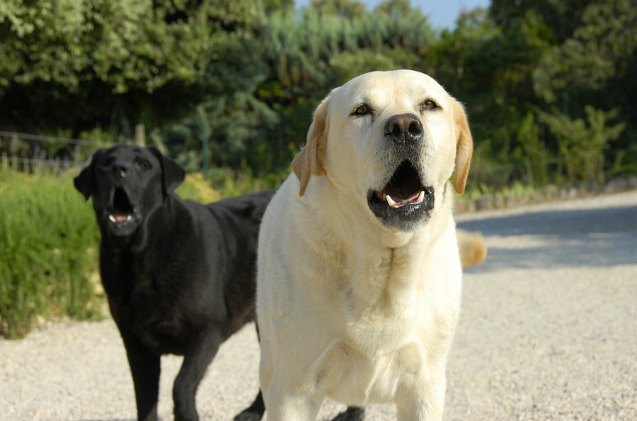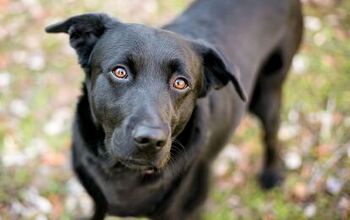Study: Dog Aggression Could Be Cured With Love Hormone

Researchers from the University of Arizona believe that leash aggression, or the tendency to bark, growl or even lunge at other dogs while on a leash or a walk, may be tied to hormones, and not just testosterone or serotonin as has previously been linked.
Related: Dog Walking is Great Exercise for the Elderly
Lead author Even MacLean says that oxytocin and vasopressin (which are hormones also found in humans) may also play a huge role in the shaping of a dog’s behaviors. MacLean is an assistant professor of anthropology and the director of the Arizona Canine Cognition Center in the School of Anthropology and he says that dog aggression is a big problem.
Because aggression is one of the biggest reasons pet owners surrender their dogs to shelters, he believes that figuring out the whys of aggression, and more, the how-to-fixes will help dogs and people in the process. Every year, thousands of people are hospitalized for dog bites, particularly children.
Oxytocin is a tremendously important human hormone and is sometimes known as the love hormone. It’s significant when it comes to birth and nursing, and levels in humans rise when we hug or kiss loved ones. Vasopressin is related to water retention in the body, and has been linked to aggression in humans.
MacLean studied dogs of various ages, genders and breeds, but all who had owners that said they struggled with leash aggression. He compared those dogs to non-aggressive dogs of the same age, gender and breed. Dogs were presented with everyday occurrences and noises–trash bags, balls, other dogs barking. The hormone levels in the dogs were measured before and after exposure to the stimulus, and while no one was aggressive to the inanimate objects, the aggressive dogs had aggressive responses to the model dog barking. The dogs who were aggressive had higher levels of vasopressin in their systems, and researchers believe this linking is important.
Related: Dogs Talk To Us With Growls and Barks
Though they did not see differences in the oxytocin levels, they did compare the oxytocin levels of the study dogs to those of service dogs who were bred for their non-aggressive temperaments and found the service dogs had higher oxytocin levels and higher oxytocin to vasopressin ratios, again leading researchers to believe higher levels of oxytocin in dogs may mean better, more friendly temperaments in dogs.
MacLean says this could be significant in that pharmaceuticals to balance these ratios could be developed, and a better understanding of aggression could happen. Best news of all? Positive dog-human interaction has been shown in other research to cause dogs to release oxytocin, so we can boost their levels of oxytocin and decrease levels of vasopressin with more lovin’.
Win-win!

More by Lori Ennis























